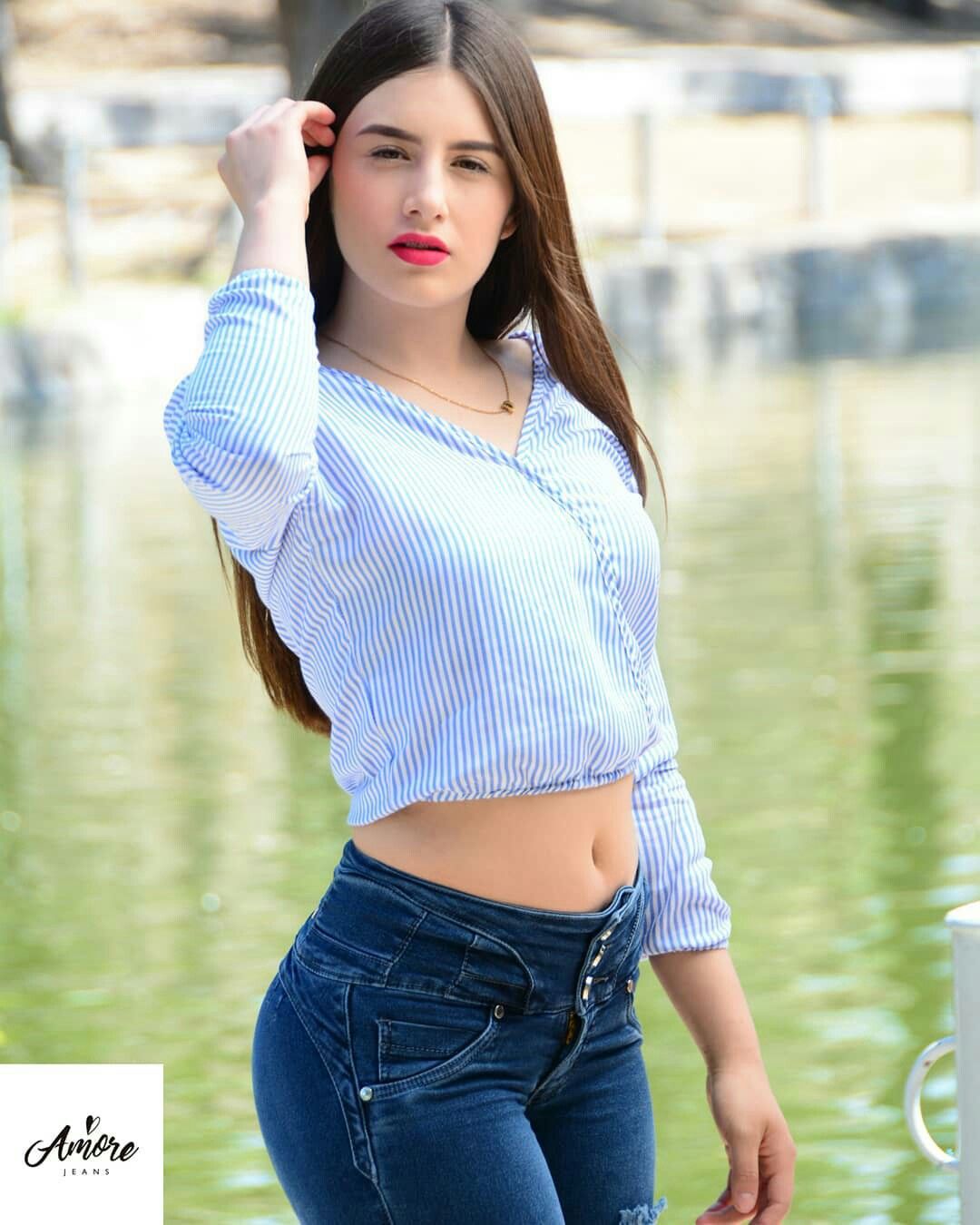Are you captivated by the allure of beauty, constantly seeking visual representations that speak to the soul? The world of imagery, from the meticulously curated to the spontaneously captured, offers an endless exploration of what it means to be beautiful, particularly through the lens of the female form.
The pursuit of beauty, and its visual representation, has driven human creativity for millennia. From the earliest cave paintings to the latest digital creations, artists, photographers, and image-makers have sought to capture and convey the essence of attractiveness. Today, the internet has become a vast canvas, a sprawling gallery filled with millions of images depicting woman beautiful and mujeres hermosas. This digital landscape, while offering unprecedented access, also demands a critical eye. Navigating this ocean of imagery requires discernment, the ability to sift through the noise and identify the truly compelling, the genuinely artistic, and the ethically sourced.
This proliferation of images raises important questions about representation, authenticity, and the very definition of beauty. What constitutes beautiful in the eyes of different cultures? How do these images reflect, or perhaps shape, our perceptions of women? And what ethical considerations must we make when using and sharing these visual resources?
The availability of free, high-quality images has democratized access to visual resources. Websites like Unsplash, Pixabay, and Pexels offer vast libraries of photographs, often free for commercial use, eliminating the financial barriers that once restricted access. Getty Images and iStock provide premium, royalty-free options, offering a wider range of images. This shift has profound implications for everything from marketing campaigns to personal projects, empowering individuals and organizations with the visual tools they need.
The search for woman beautiful or mujeres hermosas often yields a kaleidoscope of results. The user may come across a range of images, each capturing the beauty from a different aspect. The very act of searching for woman beautiful in many ways shows an appreciation for aesthetics, culture, and the human condition. It's a pursuit that reflects a deep-seated desire to connect with something visually pleasing.
Consider, for a moment, the power of these images. A single photograph can evoke a myriad of emotions—joy, tranquility, even a sense of longing. They can transport us to different worlds, introduce us to diverse cultures, and challenge our preconceived notions. They can be used to inspire, inform, and advocate.
The ability to locate and use this rich visual data, however, carries a responsibility. The ethical consideration comes into play, as the images may be used for purposes that reflect well on the source as well as used with sensitivity.
Furthermore, the sheer volume of images available can be overwhelming. Sifting through the millions of photographs requires a systematic approach. The use of filters, search terms, and a keen eye for composition, lighting, and overall aesthetic are essential. It is important to focus on images that resonate personally, that evoke an emotional response, and that align with the intended use.
The evolution of photography has added a new dimension in our visual search. From early daguerreotypes to modern digital photography, each technological advancement has opened new possibilities for capturing and representing beauty. The development of digital cameras, in particular, has revolutionized the industry, making high-quality photography accessible to a wider audience. The resulting explosion of images has made it easier to search and acquire the perfect image that the user wishes to use for various purposes.
The ongoing discourse about representation is more critical than ever. The images that we create and consume can have a significant influence on our perceptions of the world and the people who inhabit it. It is important to use images that reflect the diversity of society, that challenge stereotypes, and that promote inclusivity. The search for visual representation for the topic woman beautiful brings to light various aspects of human culture and identity, therefore the content of the image must portray the value, and the essence of human identity and respect.
The role of AI in generating and manipulating images is constantly evolving. It is very important to be aware of how this technology is being used, and of the potential for manipulation. While AI can be a powerful tool for creativity and innovation, it is crucial to approach these technologies with a critical eye, considering the ethical implications and the potential for misuse.
The ethical considerations should be at the forefront of the conversation. Always check the licensing terms associated with an image before using it, ensuring that you have the necessary rights to do so. Credit the source when required, and be mindful of how the image might be perceived by others. Always aim to use images responsibly, treating their subjects with respect and integrity.
The quest for the perfect image is ongoing, a reflection of the constant search for meaning and connection. By approaching this visual landscape with discernment, a critical eye, and a commitment to ethical practice, we can navigate the challenges and harness the power of imagery to create a more beautiful, inclusive, and informed world.
This digital gallery offers a rich tapestry of visual experiences, where the search for woman beautiful is not merely a search for an image but a journey of discovery, self-reflection, and the constant pursuit of beauty in all its forms. From the free, accessible resources to the premium options, a world of visual potential is within your grasp. Embrace the journey, and let your own appreciation for beauty evolve with every click.



